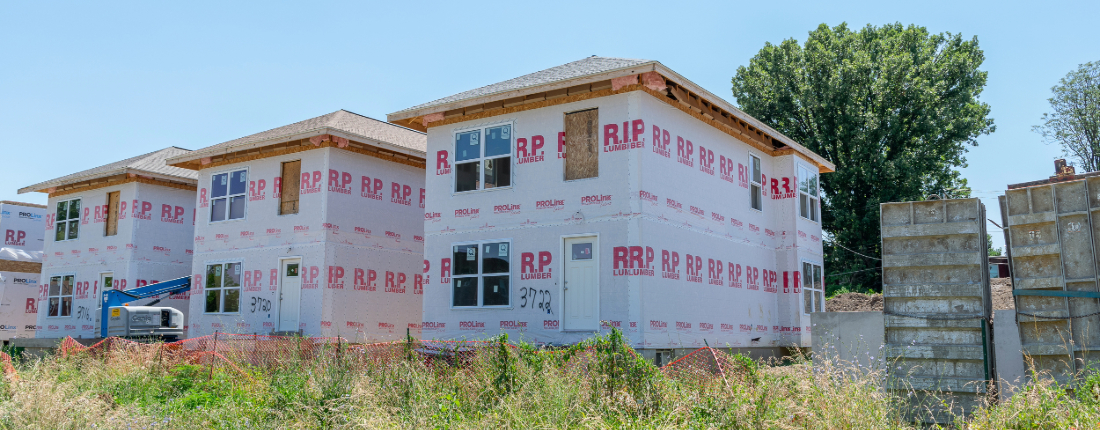What to Know About the Neighborhood Homes Investment Act in 2025
April 10, 2025

The Neighborhood Homes Investment Act (NHIA) was reintroduced in the US House of Representatives on April 10, 2025, drawing renewed bipartisan support for revitalizing distressed housing markets and expanding homeownership opportunities. NHIA is a promising tool to address housing challenges, particularly in communities looking to address widespread property vacancy, abandonment, and deterioration.
What is the Neighborhood Homes Investment Act?
The Neighborhood Homes Investment Act would create a new federal tax credit to support the construction or substantial rehabilitation of single-family homes and 1–4 unit owner-occupied properties in distressed urban, suburban, and rural communities. The credit is designed to bridge the “appraisal gap”—i.e., when the cost to build or rehab a home exceeds its market value.
In designated communities, NHIA would support:
- Acquisition and rehab of homes for resale to homebuyers, particularly first-time and first-generation buyers
- Purchase of homes by low- and moderate-income homebuyers
- Critical home repairs for existing owner-occupants, helping them maintain their homes, preserving generational wealth and affordability, and preventing displacement
Over the next decade, this tax credit is projected to support the development and rehabilitation of more than 500,000 affordable homes for moderate- and middle-income homeowners; 1.1 million jobs in construction and construction-related industries; and $151 billion in development activity.
How does NHIA work?
NHIA addresses single-family homeownership and home repair needs in economically distressed and rural areas.
The 2025 version of NHIA also gives states more flexibility to address local housing gaps. While 60 percent of credits must go to communities that meet federal criteria for economic distress—i.e., elevated poverty rates, lower incomes, and modest home values—up to 20 percent of credits (and up to 40 percent for 11 less-populous states) can be directed to “locally designated communities” identified by state housing agencies as needing reinvestment.
For developers: State housing finance agencies would competitively allocate the tax credits to project sponsors who raise capital from investors. Once a home is completed and sold to an income-eligible homeowner, the investor receives the tax credit, calculated to cover the actual appraisal gap, up to 40 percent of the project costs.
For prospective homebuyers: Homes built or rehabbed using the NHIA tax credit must be sold to low- and moderate-income households (earning below 120-140 percent of area median income, or AMI) who purchase and live in a home for at least five years.
For individual homeowners: Individual homeowners earning below 100 percent of AMI would be eligible for a tax credit of up to $50,000 to cover half the cost of major repairs to their primary residence.
Why is NHIA necessary?
The 2025 housing market presents challenges that didn’t exist when the NHIA was first drafted, before the pandemic. Rising interest rates, high inflation, skyrocketing construction costs, and stagnant wages have made homeownership harder than ever. Across the country, communities report aging residents who cannot afford to replace a dangerous roof, and hardworking families who cannot buy a starter home. Yet, in a grim paradox, these communities also have many vacant and abandoned properties they are effectively locked out of because the cost to acquire and rehab (or build a new home) is more than their post-rehab market value.
NHIA addresses both challenges: helping keep current residents safely housed while supporting new homeownership and creating opportunities for construction that reuses existing infrastructure.
Therefore, this bill is crucial for communities where the private market will not build or rehab housing without incentive.
What’s Next for NHIA?
NHIA has achieved strong bipartisan and cross-sector support. It is backed by a national coalition of more than 40 organizations, including housing advocates, financial institutions, and local community development leaders. Community Progress is proud to work alongside the Local Initiatives Support Corporation (LISC), the National Community Stabilization Trust, and the National Association of Affordable Housing Lenders, among many others.
With the bill reintroduced in the House (and action expected in the Senate soon) we urge Congress to include NHIA in upcoming tax legislation. If enacted, this program could help thousands of communities create safe, affordable, quality homeownership opportunities that reflect residents’ vision of their neighborhood’s bright future.
Trying to stay on top of the latest federal policy and legislative developments affecting community revitalization? Sign up for our monthly newsletter »
Subscribe to join 14,000 community development leaders getting the latest resources from top experts on vacant property revitalization.
